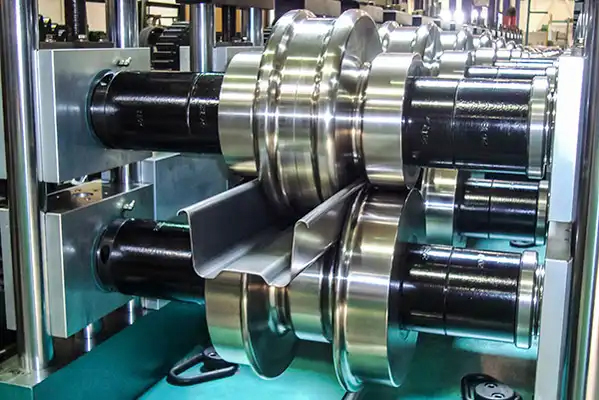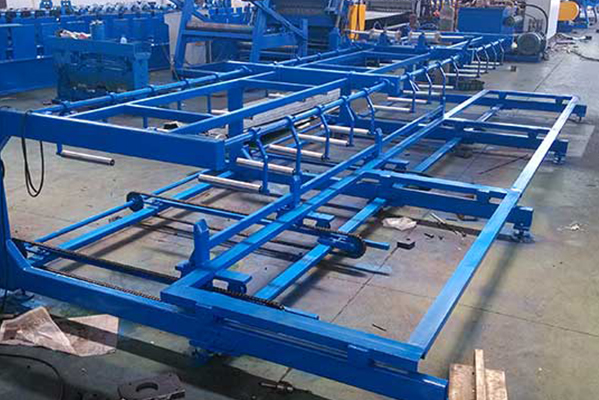Navigation Menu
Contact Us
- Email:
- info@wxavatar.com
- Address:
- Yurong Village, Yuqi Street, Huishan District, Wuxi, China.
Release Date:Apr 08, 2025 Visit:47 Source:Roll Forming Machine Factory
Stackers are essential material-handling machines designed to lift, stack, and organize goods in warehouses, manufacturing plants, and logistics centers. They play a crucial role in optimizing storage space, improving workflow efficiency, and reducing manual labor. This article explores the various uses of stackers and their significance in different industries.
Types of Stackers
Before delving into their applications, it’s important to understand the different types of stackers available:
Manual Stackers – Operated by hand, suitable for light loads.
Electric Stackers – Powered by batteries, ideal for medium to heavy loads.
Semi-Electric Stackers – Combine manual movement with electric lifting.
Forklift Stackers – Equipped with forks to lift pallets and heavy materials.
Each type serves specific needs, depending on load capacity, work environment, and operational requirements.

Key Uses of Stackers
1. Warehouse Storage Optimization
Stackers help maximize vertical storage space by lifting and stacking pallets, boxes, and containers. This is particularly useful in warehouses with limited floor space, allowing businesses to store more goods efficiently.
2. Loading and Unloading Goods
In logistics and supply chain operations, stackers assist in loading and unloading trucks, containers, and storage racks. They reduce reliance on manual labor, speeding up operations while minimizing physical strain on workers.
3. Manufacturing and Production Lines
Stackers are widely used in manufacturing plants to transport raw materials, finished products, and components between different stages of production. Their ability to handle heavy loads ensures smooth workflow continuity.
4. Retail and Supermarket Operations
In retail environments, stackers help manage inventory by organizing stock in backrooms and moving products to shelves. Electric stackers are especially useful in large supermarkets for handling bulk items.
5. Construction and Heavy Material Handling
In construction sites, stackers aid in moving bricks, cement bags, and other building materials. Forklift stackers, in particular, are valuable for transporting heavy loads across uneven terrain.
6. Agriculture and Farming
Stackers assist in handling agricultural produce such as hay bales, grain bags, and fertilizer sacks. They improve efficiency in storage and transportation within farms and processing units.

Benefits of Using Stackers
Increased Efficiency – Faster movement of goods compared to manual handling.
Space Savings – Better utilization of vertical storage.
Labor Reduction – Minimizes the need for heavy manual lifting.
Versatility – Can be used in various industries and environments.
Safety Improvements – Reduces workplace injuries related to lifting and carrying.
Conclusion
Stackers are indispensable tools in modern material handling, offering efficiency, safety, and cost-effectiveness across multiple industries. Whether in warehouses, factories, retail stores, or construction sites, their ability to streamline operations makes them a vital asset for businesses aiming to enhance productivity. Investing in the right type of stacker can significantly improve workflow and storage management, contributing to long-term operational success.